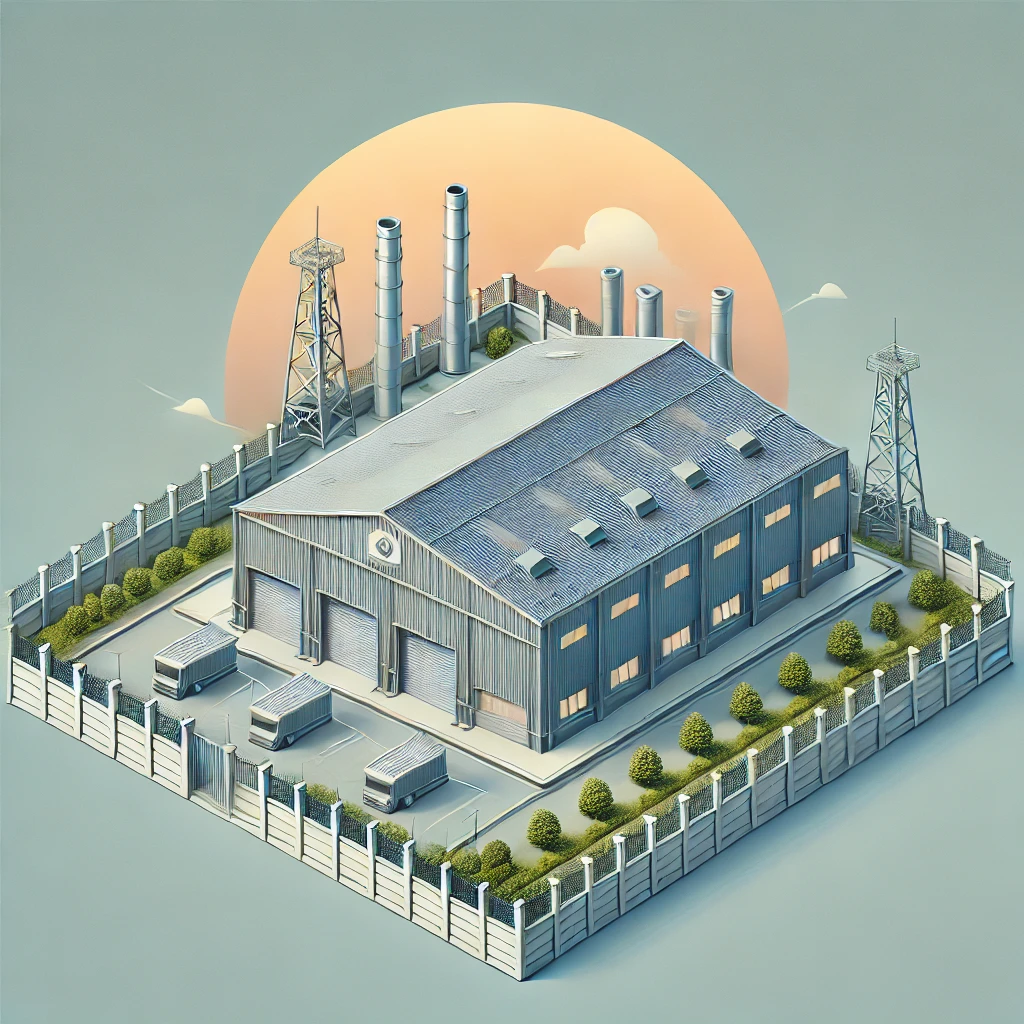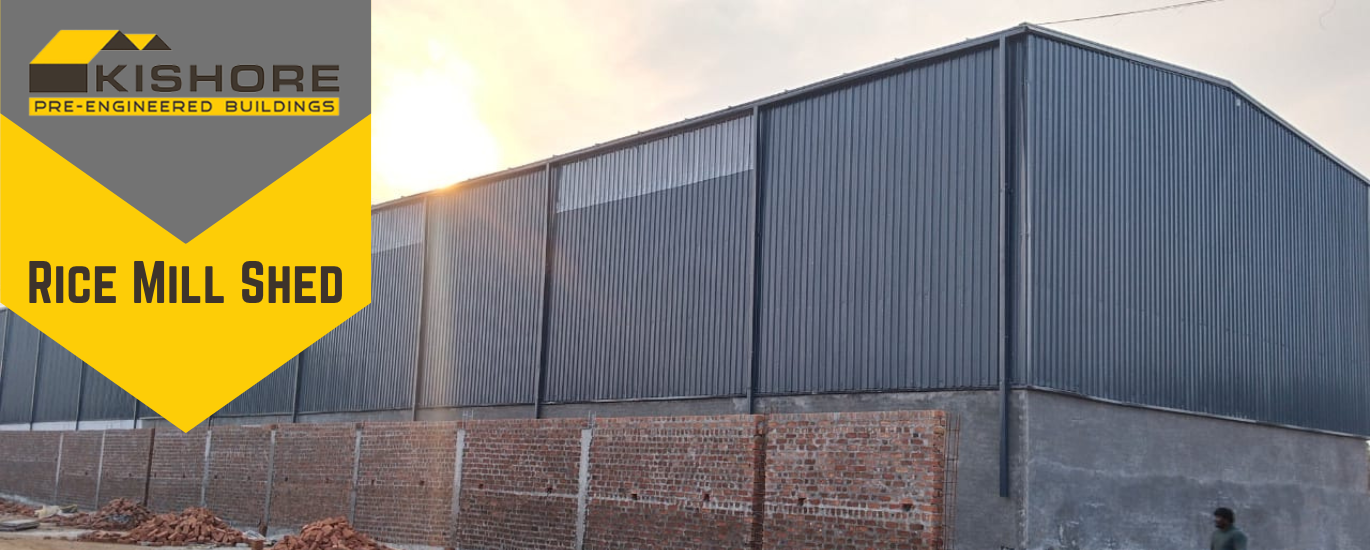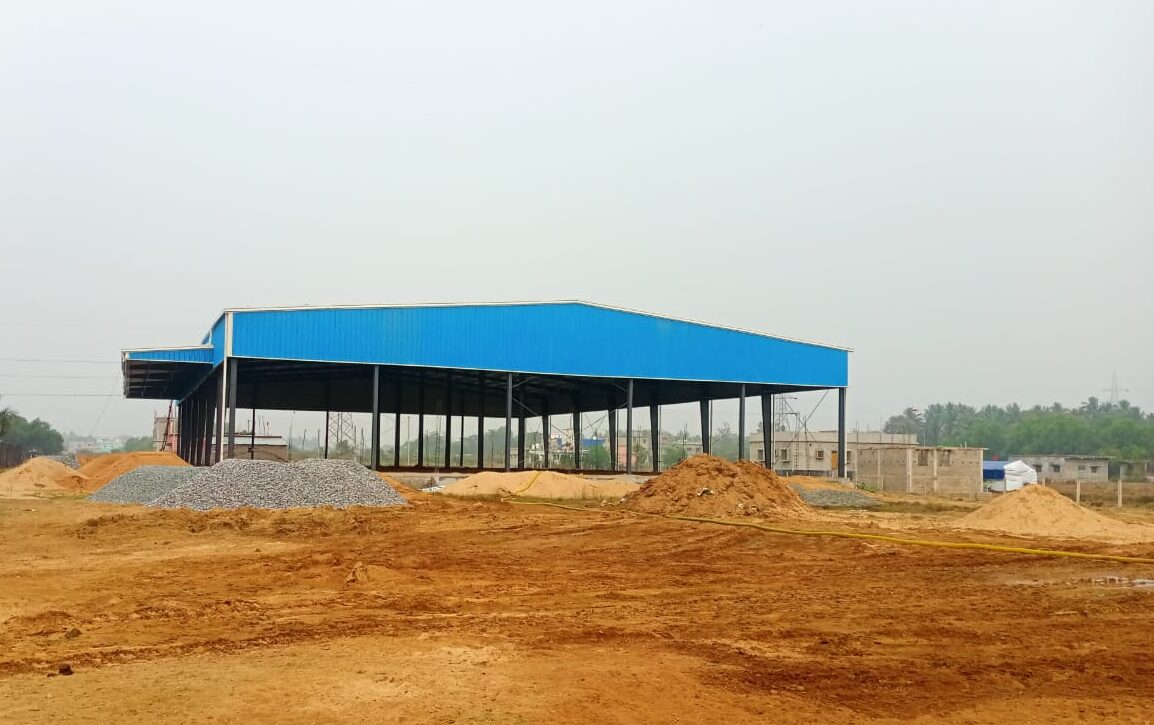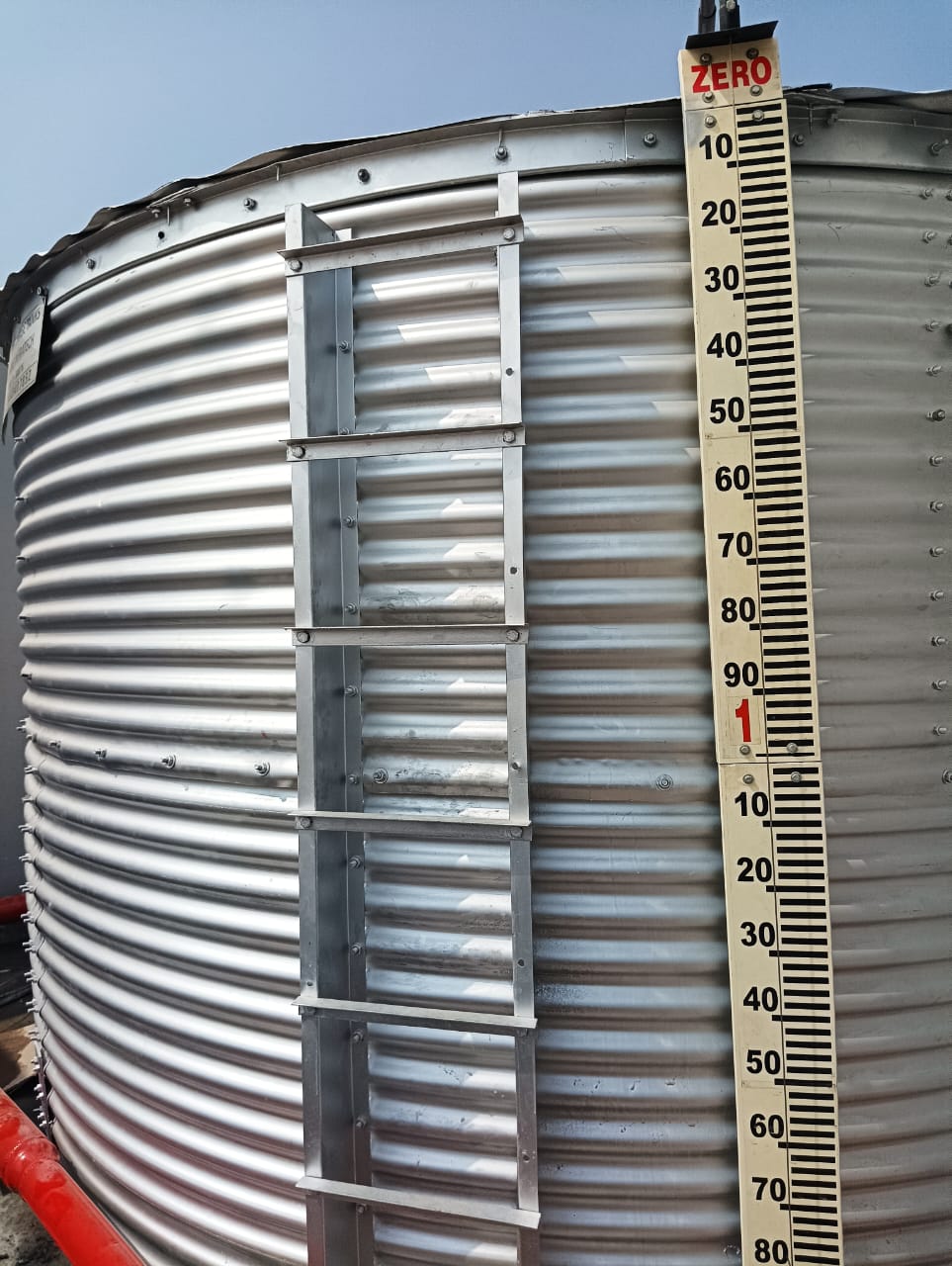Welcome to Kishore Infra Private Limited, a pioneer in pre-engineered building (PEB) manufacturing in Hyderabad, India. Our commitment to excellence and innovation has made us leaders in the industry. In this comprehensive guide, we delve into the various aspects of masonry in pre-engineered buildings, covering crucial topics such as C.R.S walls, compound walls, brick walls, plastering, and more. Whether you’re a construction professional or a property owner, this blog aims to provide valuable insights into masonry’s role in PEB construction.
What is Masonry in Pre-Engineered Buildings?
Masonry involves constructing structures from individual units, which are often laid and bound together by mortar. In pre-engineered buildings, masonry can enhance structural integrity, aesthetics, and functionality. By incorporating masonry elements, PEBs can achieve a perfect blend of modern engineering and traditional construction techniques.
C.R.S Walls in PEB
What are C.R.S Walls?
C.R.S (Course Rubble Stone) walls are constructed using natural stones with a rough finish. These walls are known for their durability, strength, and resistance to weather conditions, making them ideal for PEB applications.
Benefits of C.R.S Walls
- Durability: C.R.S walls offer exceptional longevity, ensuring the building remains structurally sound for years.
- Aesthetic Appeal: The rustic look of C.R.S walls adds a unique charm to PEBs, blending traditional and modern aesthetics.
- Cost-Effective: Using locally available stones can reduce material costs, making C.R.S walls an economical choice.

Compound Walls
Importance of Compound Walls
Compound walls serve as a protective barrier around the property, providing security, privacy, and defining the property boundaries.
Types of Compound Walls
- Brick Compound Walls: Constructed using bricks, these walls are sturdy and can be designed to match the aesthetic of the main building.
- Stone Compound Walls: Built with natural stones, these walls are durable and add an elegant touch to the property.
- Concrete Compound Walls: These are highly durable and provide excellent security, ideal for industrial and commercial properties.
Brick Walls
Role of Brick Walls in PEB
Brick walls are a common masonry element in PEB construction. They are versatile, offering structural support and enhancing the building’s appearance.
Benefits of Brick Walls
- Strength and Stability: Brick walls provide robust structural support, making them ideal for load-bearing applications.
- Thermal Insulation: Bricks have excellent thermal properties, helping maintain comfortable indoor temperatures.
- Fire Resistance: Brick walls are highly fire-resistant, adding an extra layer of safety to the building.
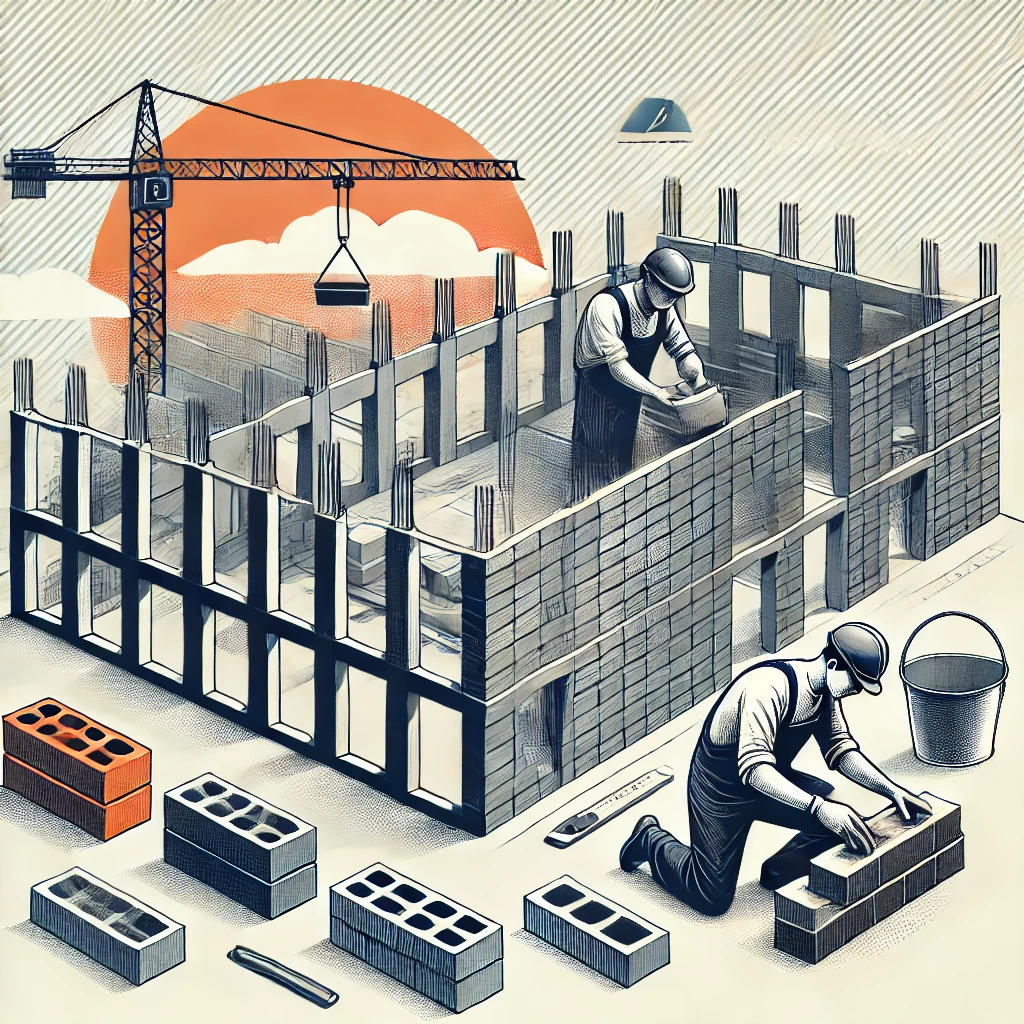
Plastering in PEB
Importance of Plastering
Plastering involves applying a layer of plaster over walls to create a smooth surface. It is essential for protecting masonry surfaces and providing a clean, finished look.
Types of Plastering
- Cement Plastering: A mixture of cement, sand, and water applied to brick, stone, or concrete surfaces.
- Gypsum Plastering: Made from gypsum, this type of plaster is lightweight and ideal for interior walls.
- Lime Plastering: Traditional plaster made from lime, offering a breathable and eco-friendly option.
Benefits of Plastering
- Protection: Plastering protects masonry surfaces from weathering and damage.
- Aesthetic Appeal: Provides a smooth and visually appealing finish to walls.
- Durability: Enhances the longevity of the building by preventing moisture penetration and cracking.
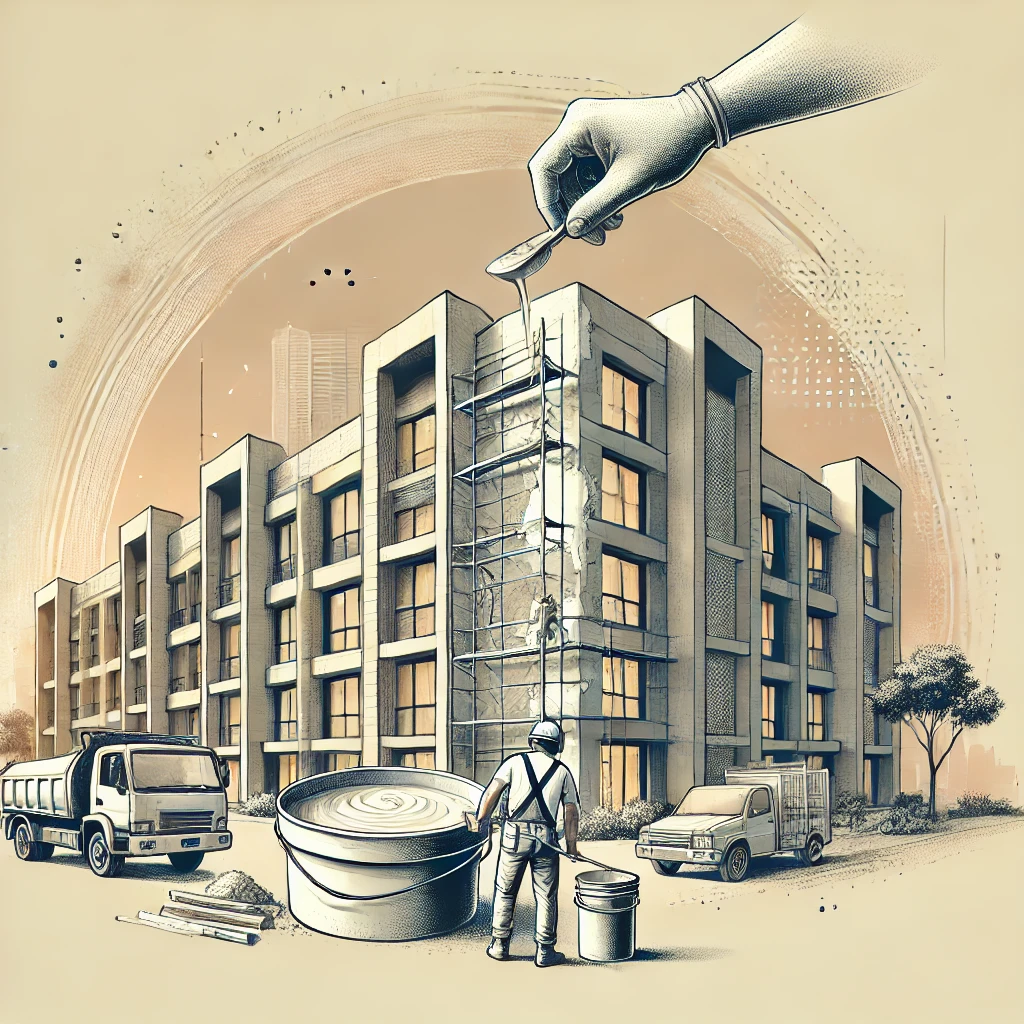
Advantages of Masonry in PEB
- Enhanced Durability: Masonry elements such as C.R.S walls and brick walls significantly enhance the durability of PEB structures.
- Aesthetic Flexibility: Masonry allows for a wide range of aesthetic options, enabling the creation of visually appealing buildings.
- Thermal Insulation: Masonry materials like bricks and stones offer excellent thermal insulation, improving energy efficiency.
- Fire Resistance: Masonry materials are inherently fire-resistant, adding an extra layer of safety to PEBs.
FAQs for Masonry in PEB
What is the role of masonry in pre-engineered buildings?
Masonry in pre-engineered buildings provides structural support, enhances durability, improves thermal insulation, and adds aesthetic value.
Are C.R.S walls suitable for PEB construction?
Yes, C.R.S walls are highly suitable for PEB construction due to their durability, strength, and cost-effectiveness.
What are the benefits of using brick walls in PEB?
Brick walls offer strength, stability, thermal insulation, and fire resistance, making them an excellent choice for PEB construction.
Why is plastering important in PEB?
Plastering is crucial for protecting masonry surfaces, providing a smooth finish, and enhancing the building’s durability.
Can compound walls be constructed using masonry?
Yes, compound walls can be constructed using various masonry materials like bricks, stones, and concrete, offering security and aesthetic appeal.
Masonry plays a vital role in pre-engineered building construction, offering numerous benefits such as enhanced durability, aesthetic flexibility, and thermal insulation. At Kishore Infra Private Limited, we specialize in incorporating high-quality masonry elements into our PEBs, ensuring they are robust, visually appealing, and energy-efficient. For more information about our services and projects, visit our website at Kishoreindustries.in.

